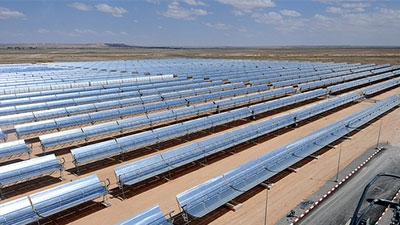mail info@star-centre.org

The Kiribati National Energy Policy (KNEP) aims to provide accessible, reliable, affordable, clean, and sustainable energy options to enhance economic growth and improve livelihoods in Kiribati. The policy envisions a sustainable energy future by reducing dependency on imported fossil fuels and increasing renewable energy sources. It emphasizes equitable energy access for all communities to support national development goals. The KNEP promotes energy efficiency and conservation programs while supporting the development and integration of renewable energy sources like solar, wind, and bioenergy. In the solar sector, the policy encourages the expansion of solar energy projects, implementation of solar initiatives, and attracts investment and development through a supportive policy environment.
Read more: kiribati_national_energy_policy.pdf (asiapacificenergy.org)
The Scaling Up Renewable Energy in Low Income Countries (SREP) Investment Plan for Kiribati, published in August 2018, outlines the country’s strategy to enhance energy security and promote sustainable development through renewable energy. The plan focuses on key projects such as the South Tarawa Solar PV and Battery Storage Project and the Kiritimati Island Electricity Access Project, which aim to increase the use of solar photovoltaic systems and improve electricity access. Additionally, it includes initiatives to distribute solar home systems to rural and remote households. The plan emphasizes the financial and economic viability of these projects, as well as their environmental and social benefits, aiming to reduce reliance on imported fuels and foster a sustainable energy future for Kiribati.
Read more: Scaling Up Renewable Energy in Low Income Countries (SREP) Investment Plan(mise.gov.ki)
